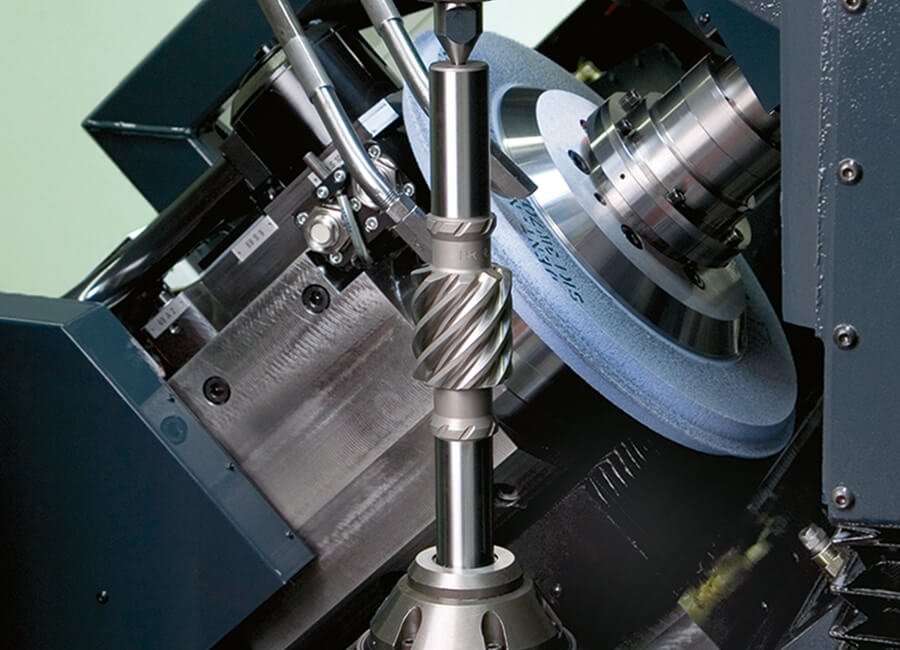In today’s manufacturing landscape, surface finishing is no longer just about achieving a polished look—it directly impacts a product’s performance, lifespan, and fit. Whether it’s preparing surfaces for painting, removing burrs, or achieving exact textures, sanding is a critical step. As industries demand greater precision, speed, and repeatability, robotic sanding systems have emerged as a reliable solution to meet these evolving needs.
This article provides an in-depth overview of robotic sanding—what it is, why it matters, and how KS ROBOT enables manufacturers to adopt smart, scalable sanding solutions that improve both quality and throughput.
1. What Is Robotic Sanding?
Robotic sanding refers to the use of industrial robots equipped with sanding tools to perform surface finishing tasks such as smoothing, deburring, and edge rounding. These systems replace manual labor in environments where sanding is repetitive, hazardous, or inconsistent.
By automating the process, manufacturers gain speed, consistency, and safety — all while reducing manual effort.
2. Why Automate the Sanding Process?
Manual sanding is slow, physically demanding, and difficult to standardize. Workers face exposure to dust, noise, and ergonomic risks. Robotic systems offer solutions to these common challenges:
- Improved safety: Robots work in enclosed, dust-controlled environments.
- Better consistency: Force-controlled tools ensure uniform surface quality.
- Higher productivity: 24/7 operation with minimal downtime.
- Lower waste: Consistent sanding pressure reduces rework and scrap.
- Reduced costs: Automation offsets labor shortages and training needs.
3. Key Applications of Robotic Sanding
Robotic sanding is widely used in industries requiring consistent surface finishing, including:
- Automotive
Bumpers, door handles, wheel hubs, and luggage racks. - Sanitary Ware & Hardware
Faucets, fixtures, and alloy accessories requiring surface preparation or polishing. - Medical Devices
Titanium implants and artificial joints with strict tolerances and biocompatibility requirements. - Aerospace & Energy
Turbine blades, vanes, and complex engine parts needing precise finishing. - Furniture & Consumer Goods
Chair legs, appliance casings, and curved plastic or metal parts.
4. Core Components of a Robotic Sanding Cell
A high-performance robotic sanding system integrates hardware and software designed for flexibility and precision. KS ROBOT’s systems typically include:
- Industrial Robot Arm
Compatible with ABB, KUKA, FANUC; payloads from 10kg to 200kg. - Sanding Equipment
Dual or four-belt sanders with constant pressure control. - Force Control System
Adaptive sensors ensure accurate force application on complex surfaces. - Floating Tool Heads
Pneumatic or electric compliant tools adapt to workpiece contours. - Vision System (Optional)
3D vision systems allow flexible picking and path adjustment. - Dust Control & Safety Enclosures
Integrated chip removal, dust isolation, and soundproofing. - Offline Programming
Simplified programming and simulation reduce setup time and training needs.
5. Closed-Loop Control: The Key to Precision
KS ROBOT integrates a closed-loop control system into its sanding solutions. This advanced architecture provides:
- Automatic sanding pressure and path compensation
- Real-time detection of abrasive wear
- Consistency even with variable incoming parts
- Precision for high-tolerance products (under 0.1mm)
This level of control improves yield, reduces rework, and ensures the highest quality across production runs.
6. Why Choose KS ROBOT?
KS ROBOT offers full-cycle robotic sanding solutions backed by more than a decade of experience. We stand out for:
- Custom Solutions
Designed around your part geometry, material, and finish requirements. - Industry Expertise
Trusted by top manufacturers in automotive, aerospace, medical, and sanitary sectors. - Reliable Performance
High uptime, robust mechanical systems, and fast remote support. - Scalable Design
Easily adapted for new products or line expansions.
7. Common Materials Supported
Kingstone Robotics systems are built to handle a wide variety of materials:
- Stainless steel
- Aluminum alloys
- Zinc and titanium alloys
- Cast iron and structural steel
- Plastic and composite materials
- Electroplated surfaces
8. Is Robotic Sanding Right for You?
If your production line includes high-volume parts, complex geometries, or tight quality controls, robotic sanding could significantly improve your operation. Whether you’re struggling with labor shortages, inconsistent finishing, or safety risks, automation offers a proven path forward.
9. What Is the ROI of a Robotic Sanding System?
While the upfront cost of robotic sanding systems may appear significant, manufacturers often recoup their investment much faster than expected. Here’s why:
- Labor savings: A single robotic cell can replace 3–10 workers, operating 24 hours a day without fatigue.
- Fewer defects: Reducing manual variation leads to fewer reworks and product returns.
- Consumable efficiency: Controlled abrasive wear means longer life for sanding belts and tools.
- Higher throughput: Automated systems can often double or triple production compared to manual processes.
Typical ROI timeframes range from 6 to 18 months depending on your production scale, material type, and system configuration.
10. Deployment Process: What to Expect
KS ROBOT offers a streamlined deployment experience. Here’s what a standard robotic sanding project includes:
- Initial Assessment
Engineering evaluation of parts, materials, and finishing needs. - Proof of Concept
Simulations or physical trials for performance validation. - System Design
Customized configuration of robot, tools, and software. - Factory Acceptance Test (FAT)
Test run before delivery to ensure quality. - On-Site Installation
System setup, training, and commissioning. - After-Sales Support
Remote diagnostics and optional maintenance service.
Typical lead time: 6–12 weeks from order to commissioning.
11. Robotic vs. Manual Sanding: A Comparison
| Criteria | Manual Sanding | Robotic Sanding |
| Consistency | Varies by operator | Repeatable and programmable |
| Efficiency | Slower; fatigue reduces productivity | Runs 24/7; constant output |
| Quality Control | Subject to error and rework | In-line or closed-loop precision control |
| Health & Safety | High exposure to dust and noise | Enclosed cells with dust control |
| Traceability | Manual record-keeping | Digital logs and production data |
12. Looking Ahead: The Future of Robotic Sanding
The next generation of robotic sanding is being shaped by advanced technologies and smarter integration:
- AI-driven Path Optimization
Software that auto-adjusts toolpaths for maximum efficiency. - Smart Sensors & IoT
Enables predictive maintenance and process monitoring. - Cloud-Based System Management
Update software, log performance data, and troubleshoot remotely. - Collaborative Robot Options
Cobots allow flexible deployment for small-scale sanding tasks.
Kingstone Robotics continuously invests in new technologies to help you stay ahead in smart manufacturing.
Final Thoughts
Robotic sanding isn’t just a technological upgrade—it’s a strategic investment in improving efficiency, consistency, and product quality. In a manufacturing environment where precision and speed are more critical than ever, automated surface finishing provides a measurable edge over traditional methods.
By reducing labor dependency, minimizing rework, and ensuring repeatable results, robotic sanding systems empower manufacturers to meet rising customer expectations while controlling operational costs.
At Kingstone Robotics, we bring together technical expertise, deep industry knowledge, and scalable system design to deliver sanding automation solutions that work—whether you’re producing automotive panels, composite components, or custom consumer goods. Our goal is to help you unlock the full potential of surface finishing automation and stay ahead in an increasingly competitive market.


